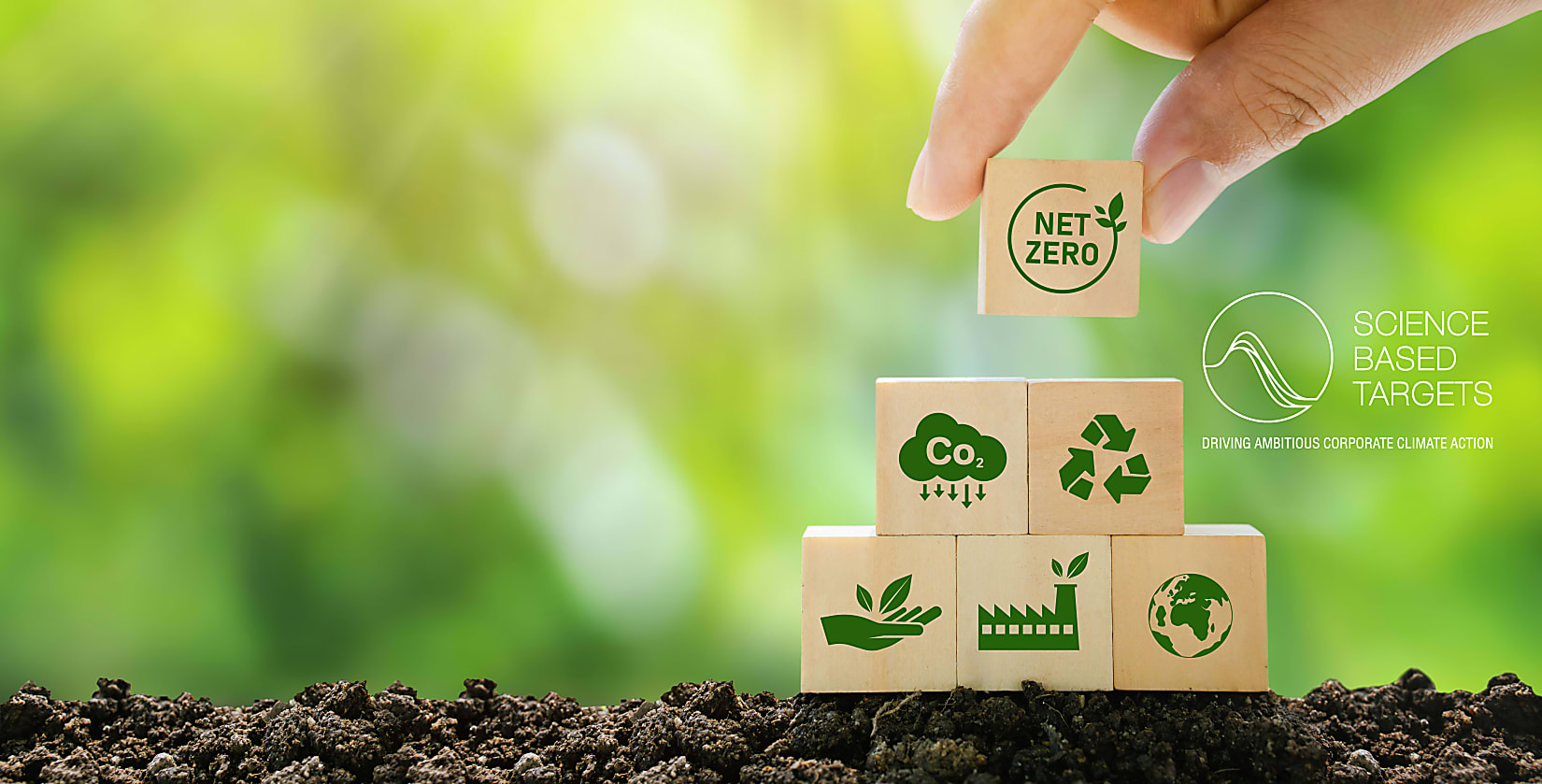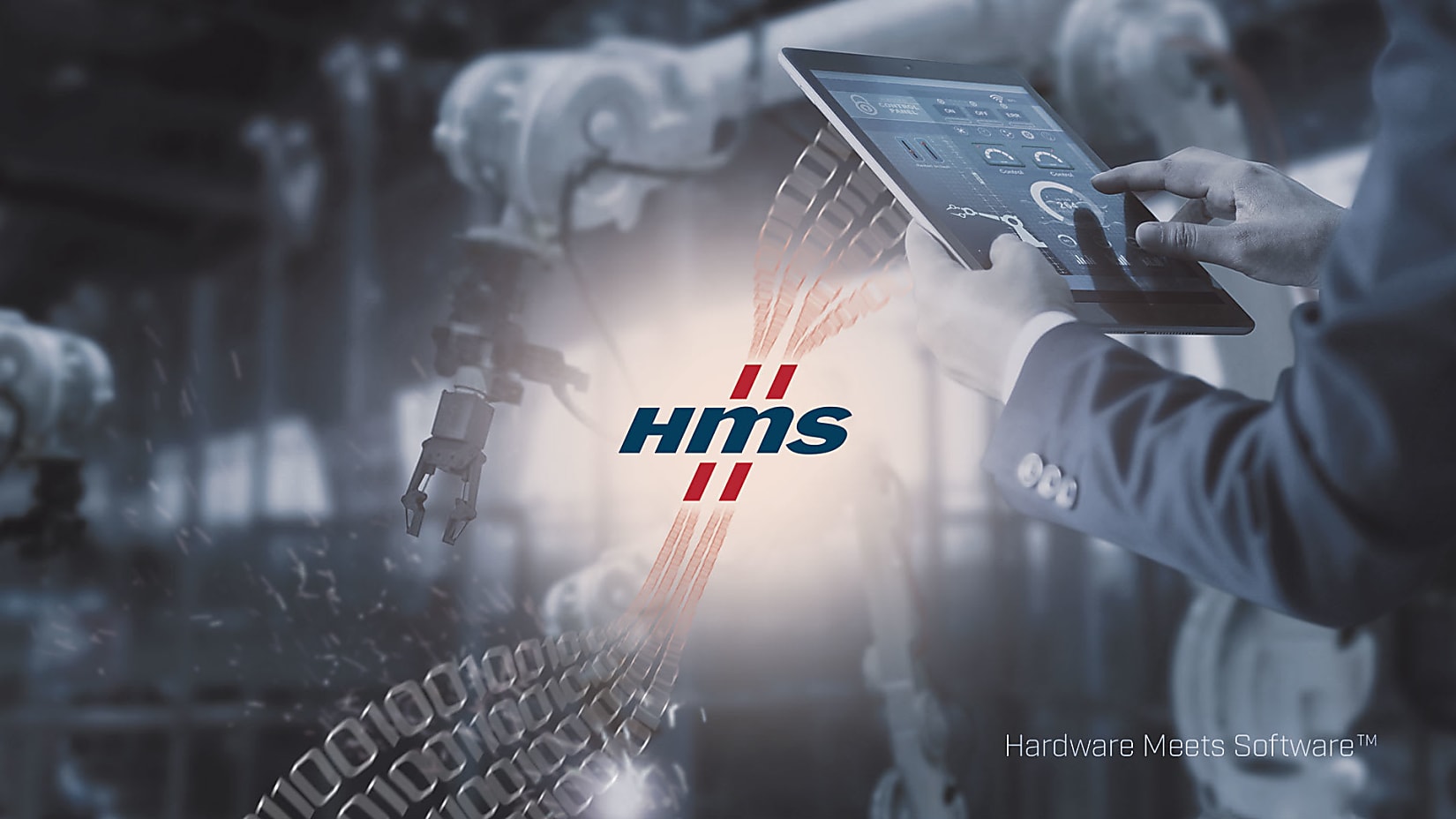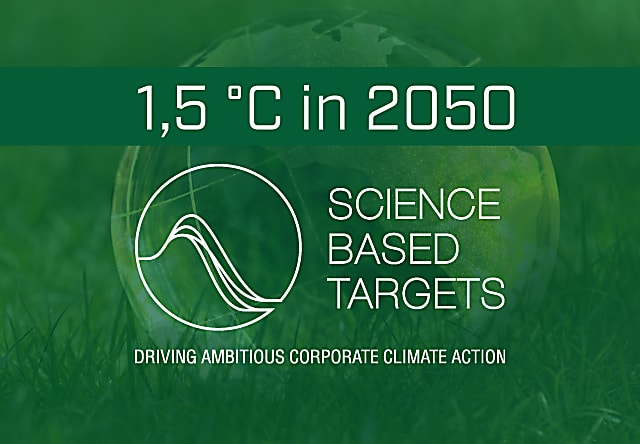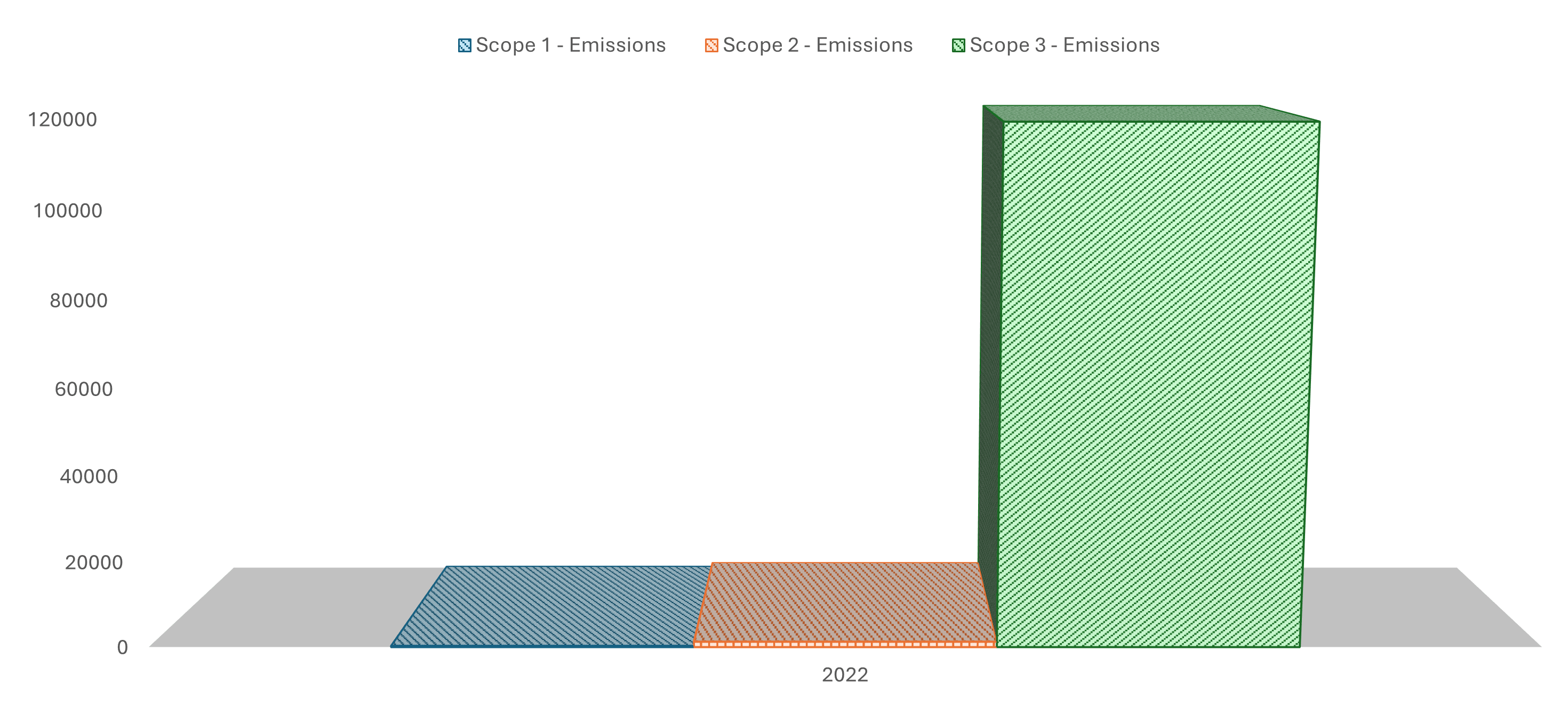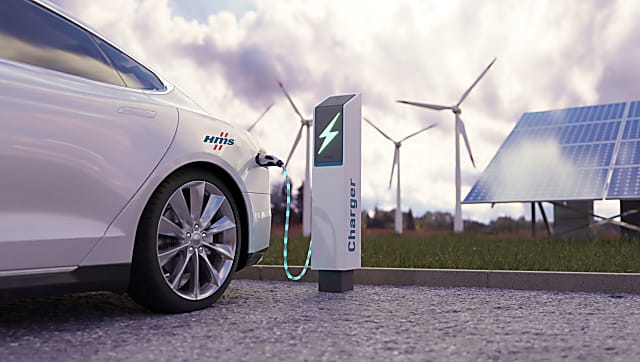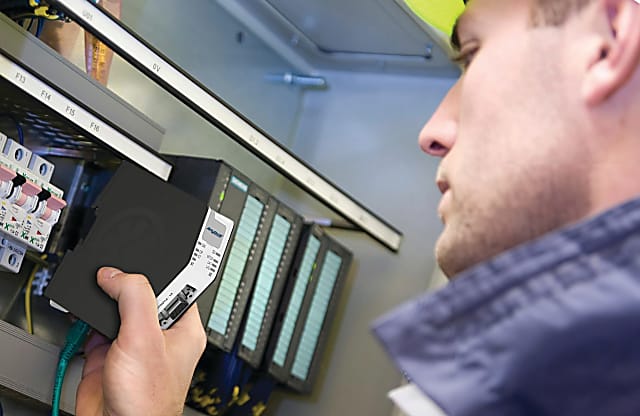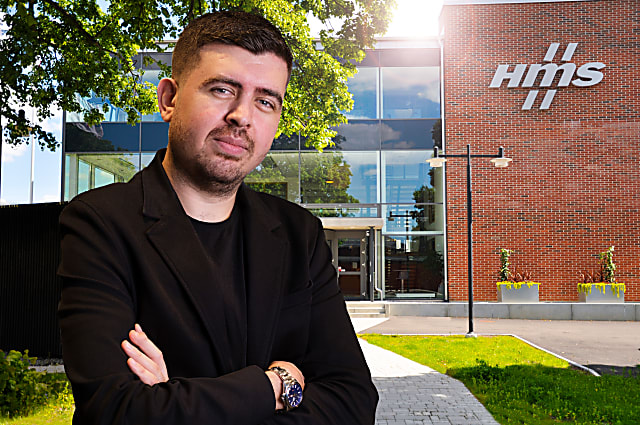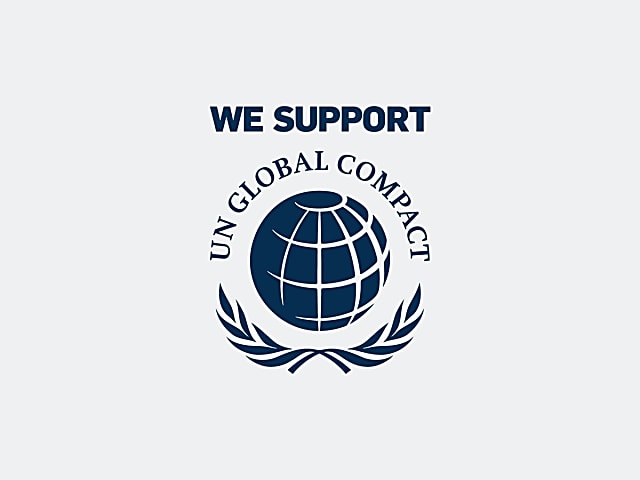With the next generation in mind
The climate crisis is urgent. The Intergovernmental Panel on Climate Change (IPCC) states that we’re nearing the 1.5 °C threshold which the UN calls a “code red for humanity.”
HMS has set ambitious science-based targets to achieve net-zero emissions by 2050. In our plan for 2030, we have set targets to reduce our emission and lead the way towards zero emissions 2050. This is vital to secure a sustainable future with the next generation in mind.
HMS net-zero targets have been validated by the Science-based targets initiative (SBTi), guiding us to set clear, measurable goals to cut greenhouse gas emissions.

